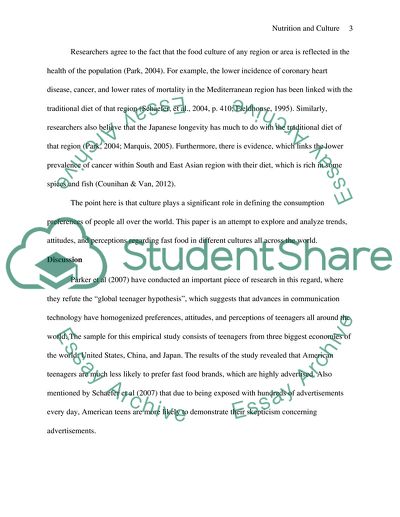Cite this document
(“Fast Food Is A Tribute To Fashion at the Expense of Health Research Paper”, n.d.)
Fast Food Is A Tribute To Fashion at the Expense of Health Research Paper. Retrieved from https://studentshare.org/health-sciences-medicine/1799530-nutrition-and-culture
Fast Food Is A Tribute To Fashion at the Expense of Health Research Paper. Retrieved from https://studentshare.org/health-sciences-medicine/1799530-nutrition-and-culture
(Fast Food Is A Tribute To Fashion at the Expense of Health Research Paper)
Fast Food Is A Tribute To Fashion at the Expense of Health Research Paper. https://studentshare.org/health-sciences-medicine/1799530-nutrition-and-culture.
Fast Food Is A Tribute To Fashion at the Expense of Health Research Paper. https://studentshare.org/health-sciences-medicine/1799530-nutrition-and-culture.
“Fast Food Is A Tribute To Fashion at the Expense of Health Research Paper”, n.d. https://studentshare.org/health-sciences-medicine/1799530-nutrition-and-culture.


